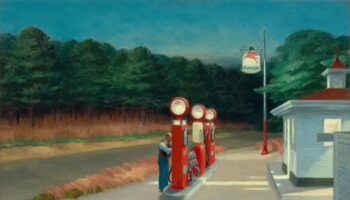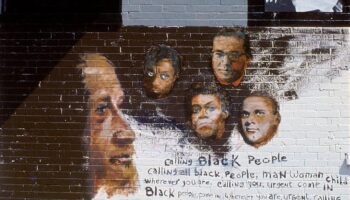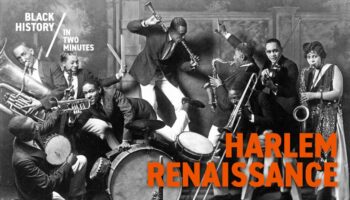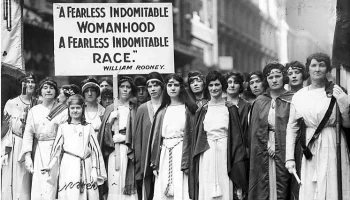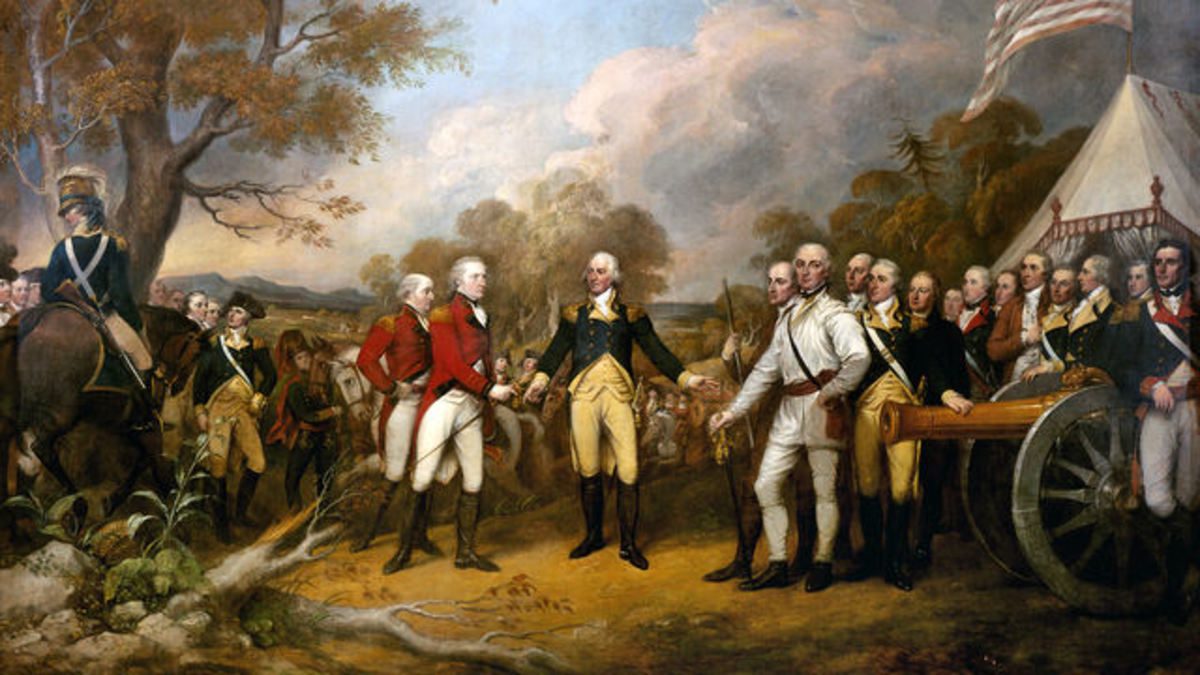Around the beginning of the twentieth century, the predominant critical modes were biographical, historical, psychological, romantic, and impressionistic. Liberal critics such as Parrington and F. O. Matthiessen employed a historical approach to literature but Matthiessen insisted on addressing its aesthetic dimensions. This formalist disposition became intensified in both the New Criticism and the Chicago School. The term “The New Criticism” was coined as early as 1910 in a lecture of that title by Joel Spingarn who, influenced by Croce’s expressionist theory of art, advocated a creative and imaginative criticism which gave primacy to the aesthetic qualities of literature over historical, psychological, and moral considerations. Spingarn, however, was not directly related to the New Criticism that developed in subsequent decades. Some of the important features of the New Criticism originated in England during the 1920s in the work of T. S. Eliot and Ezra Pound, as well as in seminal studies by I. A. Richards and William Empson. Richards’ Principles of Literary Criticism (1924) advanced literarycritical notions such as irony, tension, and balance, as well as distinguishing between poetic and other uses of language. His Practical Criticism (1929), based on student analyses of poetry, emphasized the importance of “objective” and balanced close reading which was sensitive to the figurative language of literature. Richards’ student William Empson produced an influential work, Seven Types of Ambiguity (1930), which was held up as a model of New Critical close reading.
Across the Atlantic, New Critical practices were also being pioneered by American critics, known as the Fugitives and the Southern Agrarians, who promoted the values of the Old South in reaction against the alleged dehumanization of science and echnology in the industrial North. Notable among these pioneers were John Crowe Ransom and Allen Tate, who developed some of the ideas of Eliot and Richards. Ransom edited the poetry magazine the Fugitive from 1922 to 1925 with a group of writers including Tate, Robert Penn Warren, and Donald Davidson. Other journals associated with the New
Criticism included the Southern Review, edited by Penn Warren and Cleanth Brooks (1935–1942), the Kenyon Review, run by Ransom (1938–59), and the still extant Sewanee Review, edited by Tate and others. During the 1940s the New Criticism became institutionalized as the mainstream approach in academia, and its influence, while pervasively undermined since the 1950s, still persists. Some of the central documents of New Criticism were written by relatively late adherents: W. K. Wimsatt and Monroe Beardsley’s essays “The Intentional Fallacy” (1946) and “The Affective Fallacy” (1949) (it is worth noting, in this context, the enormous influence of E. D. Hirsch’s book Validity in Interpretation, published in 1967, which equated a text’s meaning with its author’s intention); Austin Warren’s The Theory of Literature (1949); W. K. Wimsatt’s The Verbal Icon (1954); and Murray Krieger’s The New Apologists for Poetry (1956).


